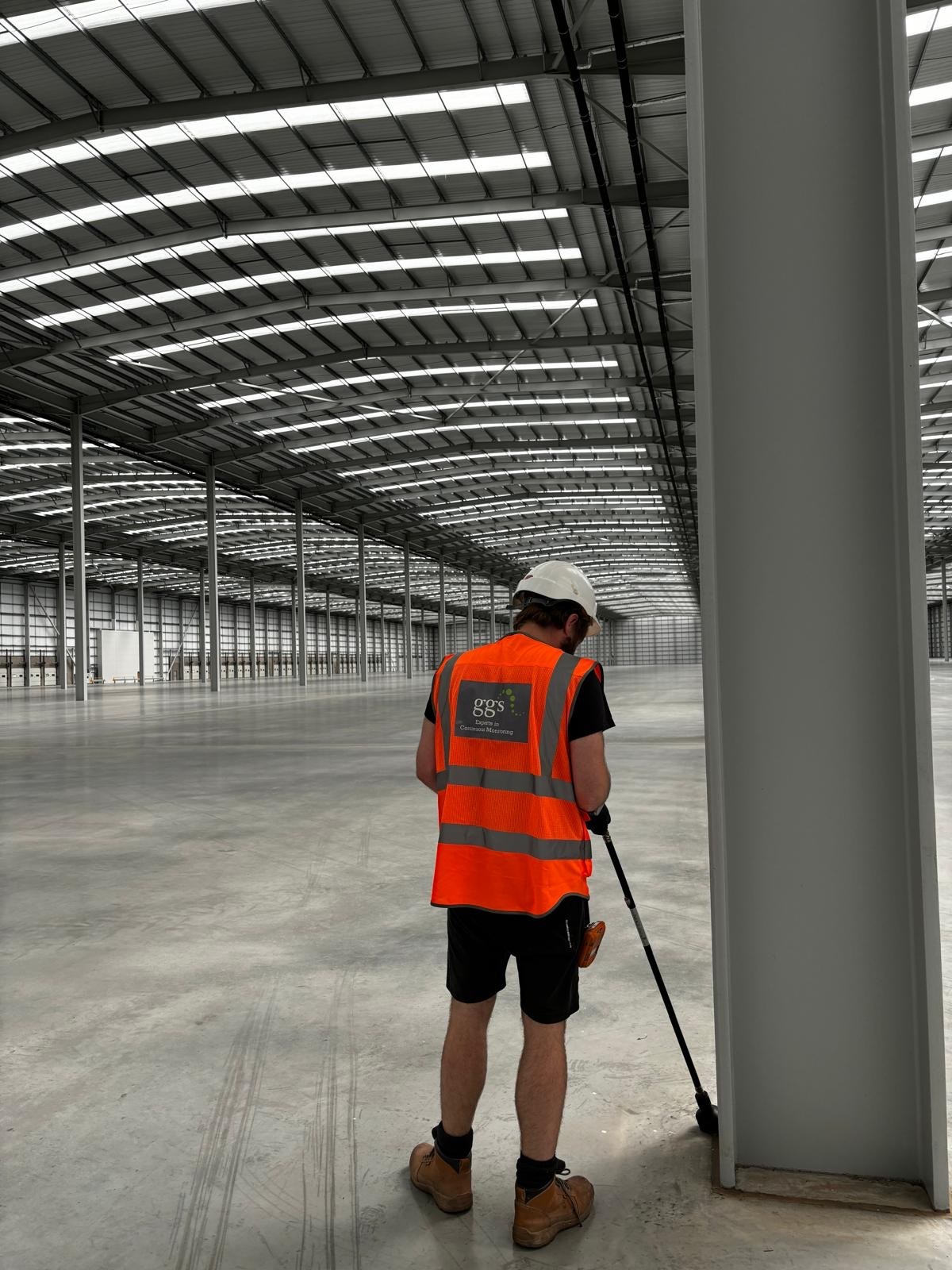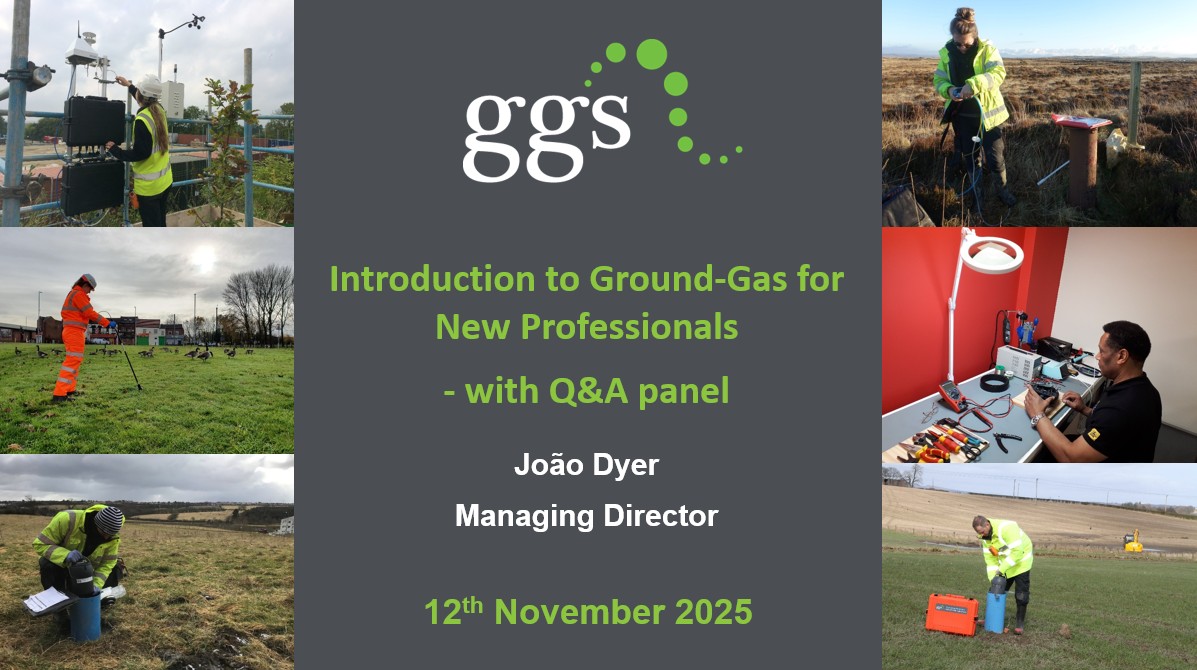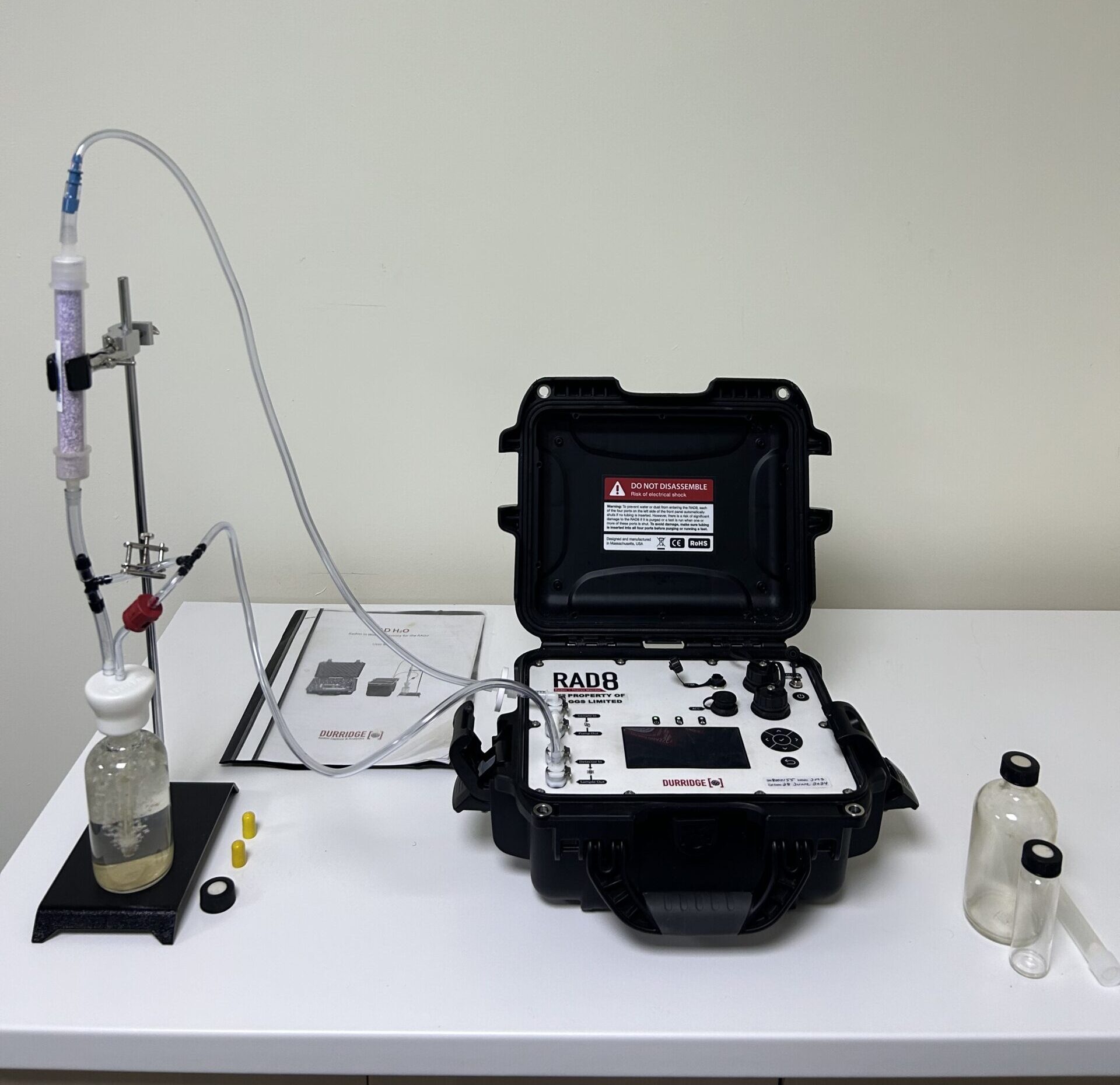Landfill and brownfield sites can be a contentious subject. They were functional in a period of history when environmental awareness was scarce and as a result, our ecosystem suffered.
As time moves on, there is evidence that things can improve, and these sites can bounce back to become biodiverse sanctuaries.
There is no subtle way to say it – our actions in the past have damaged our environment. To understand how landfill and brownfield sites created ecological damage, we must look back.
We know that there are thousands of decommissioned landfill sites across the UK. In 1956, the Clean Air Act was introduced after the pressures of environmental changes in London and the Great Smog of 1952. It became clear that air pollution was a problem so parliament introduced steps to regulate air pollution.
Prior to the introduction of the Clean Air Act, most household waste was ash produced from coal fires because most homes commonly burned their waste. Without this option, this waste was redirected to landfill. With the surplus increasing dramatically, there was increased pressure for refuse management to keep Britain’s streets clean.
The 1974 Control of Pollution Act introduced stricter control measures on waste management, but it still was not thorough on waste documentation and management. It was not until the Waste Management Licensing Regulations Act in 1994 that control measures were tightened.
This means there was a period in the 20th Century when landfill sites were used to dispose of various kinds of waste which damaged the environment. Despite this harm, it does not necessarily mean that these sites are a lost cause as they can still be transformed into ecological havens.
After the introduction of the Waste Management Licensing Regulations Act of 1994, waste is now recorded and controlled to reduce the impact on local ecology and environment. Legislation requires landfill sites to have low permeability liners and management systems to control leakage.
One of the biggest challenges on landfill sites is preventing leachate from having a negative impact on soil and water quality. Landfill site operators need to extract and manage the disposal of leachate and ground gas, and monitoring must be in place to maintain compliance with the permit from The Environment Agency.
Operators must have an appropriate waste management plan in place to receive permission from the Environment Agency for a new landfill site. They must also carry out landfill gas monitoring which we regularly assist with at GGS.
When landfill sites stop operating, the decommissioning process begins. This involves careful planning and management of the leachate and gas to ensure environmental safety. The goal is to restore the land for potential future use. This includes waste reprofiling, capping, and revegetation. Decommissioning is a critical step in managing the long-term impact of waste disposal on our planet.
In the UK, a permit surrender is the final regulatory process in managing landfills. The timescale for this occurring varies from site to site, but typically occurs decades after a landfill stops accepting waste. To achieve a permit surrender, the operator must meet criteria set out by the Environment Agency. Demonstrating this means showing that, the landfill site would no longer pose a risk to the environment and local receptors if left undisturbed and unmanaged.
Once a landfill site has been safely decommissioned, it can be transformed into a sustainable space or ecological habitat. Often nature tends to spring back over a period which can create rich biodiversity, long before a landfill site is deemed fit for future development. If a decommissioned landfill site is left alone, with very little human intervention, sites can have further opportunities for future conservation as biodiversity flourishes.
A splendid example is which was previously known as Mucking Marshes Landfill, one of the UK’s largest historic landfill sites. During restoration, coastal and wetland wildlife began to flourish on the site. It is now a thriving nature reserve which is complete with a visitor centre, walking trails and bird watching abound. David Attenborough famously championed and opened Thurrock Thameside Park for it to become a living landscape.


In Liverpool, Port Sunlight River Park was formerly Bromborough landfill. It has been turned into a charming nature reserve with great geocache walking trails and wildlife. Much of this site is under conservationist protection and offers magnificent views of Mersey River, restoring the land into a nature retreat.
Outside of the UK, there are also splendid examples of former landfills and brownfield sites transformed into beautiful nature reserves. Landschaftspark, located in Duisburg, Germany is a former industrial plant turned into parklands that offer activities and a peaceful experience for visitors.


Elsewhere, Cesar Chavez Park in California was one of the biggest landfill sites in the Bay Area. Now it offers unique views to Alcatraz and is a nature reserve, offering a retreat from the busy San Francisco city centre.
There are even more countless examples throughout the world, showing that sites can be transformed. It is great to see how all these sites can turn into nature retreats once they have been restored. Beyond this, they can even present unique opportunities for developers by building sustainable homes nearby or in the case below, by building a solar farm.
At GGS we’ve worked on exciting residential development projects at former landfill sites and noticed nature bouncing back and transforming into some brilliant retreats. More recently, our team was commissioned to undertake a surface emission survey of a closed former landfill site.
Previously this site was a quarry, before being a landfill. Now, this decommissioned landfill site has become a renewable energy solar farm, which is a brilliant transformation to see. In addition, local ecology has been re-established, thus becoming a thriving space for biodiversity, which our team noticed when they headed out to conduct the survey.


Alex, who works in our visited the former landfill site for the survey and explains how he noticed the local ecology bouncing back:
‘There are a few species that are of great value to the ecology, such as Tussilago farfara, or Coltsfoot (left) which provide nutrition to the first pollinating insects of the year and seeds to goldfinches building their nests. I also found young Daucus carota or Wild Carrot growing (right)’
Looking back at the damage landfill and industry has done to ecology takes courage, but through clear management and transformation, these sites can become thriving spaces. If you’re looking to understand more about how continuous monitoring for landfill sites can present unique opportunities, do get in touch with us.
Hopefully, as we all begin to value the peace and tranquillity these sites can offer us, the less mistakes we will make in the future. One thing is for sure though; nature always bounces back and heals, and that process is a beautiful and positive thing to see.
The following pages include news articles, videos, guidance notes and white papers on a range of ground gas related topics which we hope you will find of interest. Please browse through but if you can’t find something on your particular issue of interest, we’d be very pleased to hear from you so we can put that right.

Establishing a new warehouse involves managing numerous moving parts such as ensuring operational systems are in place, training staff and coordinating logistics. Amidst this complexity, it’s essential to remain compliant with environmental and safety regulations.
One important aspect is managing and mitigating ground gas risk. Keep reading to learn about the process and what to expect.





